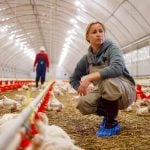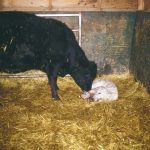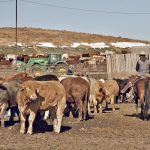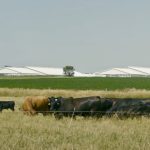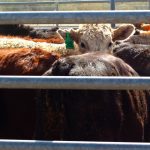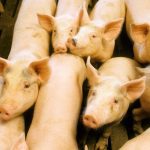This year, crop yields in the Prairies have improved significantly compared to the last few years, thanks to increased rainfall in Western Canada. However, the dry and hot conditions in July and August negatively affected cereal grain quality in some areas. This weather occurred during a critical growth period for barley, specifically during the filling […] Read more


